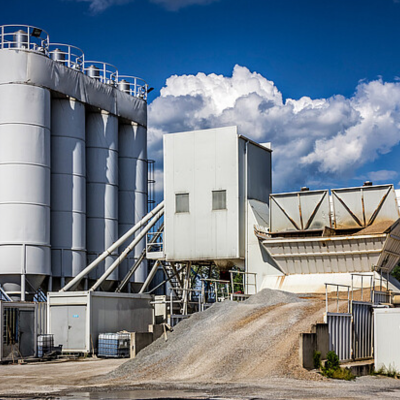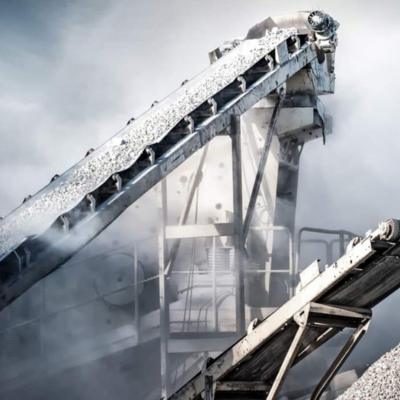Automation for Mining, Cement and Aggregate
Automation for Mining, Cement and Aggregate
Automation involves integrating advanced technologies like robotics, IoT, AI, and control systems into key processes within the mining, cement, and aggregate industries. These technologies enable real-time monitoring, data-driven decision-making, and efficient operations, ensuring high-quality outputs and operational reliability.
Industrial Direct India’ drives offer the latest in digital technology to provide the ease of set-up and reliability needed in demanding applications.
Key Technologies in Mining, Cement, and Aggregate Automation
Robotics and Automated Machinery
Robots perform repetitive and hazardous tasks like drilling, excavation, and loading with high precision.
IoT and Sensors
IoT devices monitor equipment performance, environmental conditions, and resource flow in real-time, ensuring optimal operations.
AI and Machine Learning
AI-powered systems analyze data to predict equipment failures, optimize production schedules, and improve decision-making.
Autonomous Vehicles and Equipment
Self-driving trucks and loaders enhance efficiency and safety in mining and aggregate transport operations.
Applications of Automation for Mining, Cement and Aggregate
Resource Management
Real-time monitoring of stockpiles and inventory for better material handling.
Aggregate Processing
Optimizing crushing, screening, and washing processes for efficient production of aggregates.
Cement Production
Streamlining raw material processing, kiln operations, and clinker grinding for consistent product quality.
Mining Operations
Automating drilling, blasting, and material transport to enhance productivity and safety.
Predictive Maintenance
AI-driven predictive maintenance monitors equipment conditions, reducing unexpected breakdowns and extending equipment lifespan.
Benefits of Automation for Mining, Cement, and Aggregate

Environmental Sustainability
Advanced control systems and energy-efficient technologies support sustainable practices by minimizing emissions and waste.
Lower Operational Costs
Automation reduces energy consumption, downtime, and maintenance costs, improving overall profitability.
Improved Resource Management
Real-time data analytics help optimize resource utilization, reducing waste and maximizing output.
Enhanced Safety
Automation minimizes human exposure to hazardous environments, reducing risks associated with heavy machinery and harsh conditions.
Increased Operational Efficiency
Automated systems reduce manual intervention, enabling faster and more reliable production cycles.
FAQ
What is predictive maintenance, and how does it benefit these industries?
Predictive maintenance uses AI and IoT data to identify potential equipment failures before they occur. This reduces unexpected downtime, extends equipment lifespan, and lowers repair costs.
What processes in cement production can be automated?
Automation can optimize:
- Raw material extraction and transportation
- Kiln operations for precise temperature control
- Clinker grinding and blending for consistent quality
- Packaging and dispatch processes

